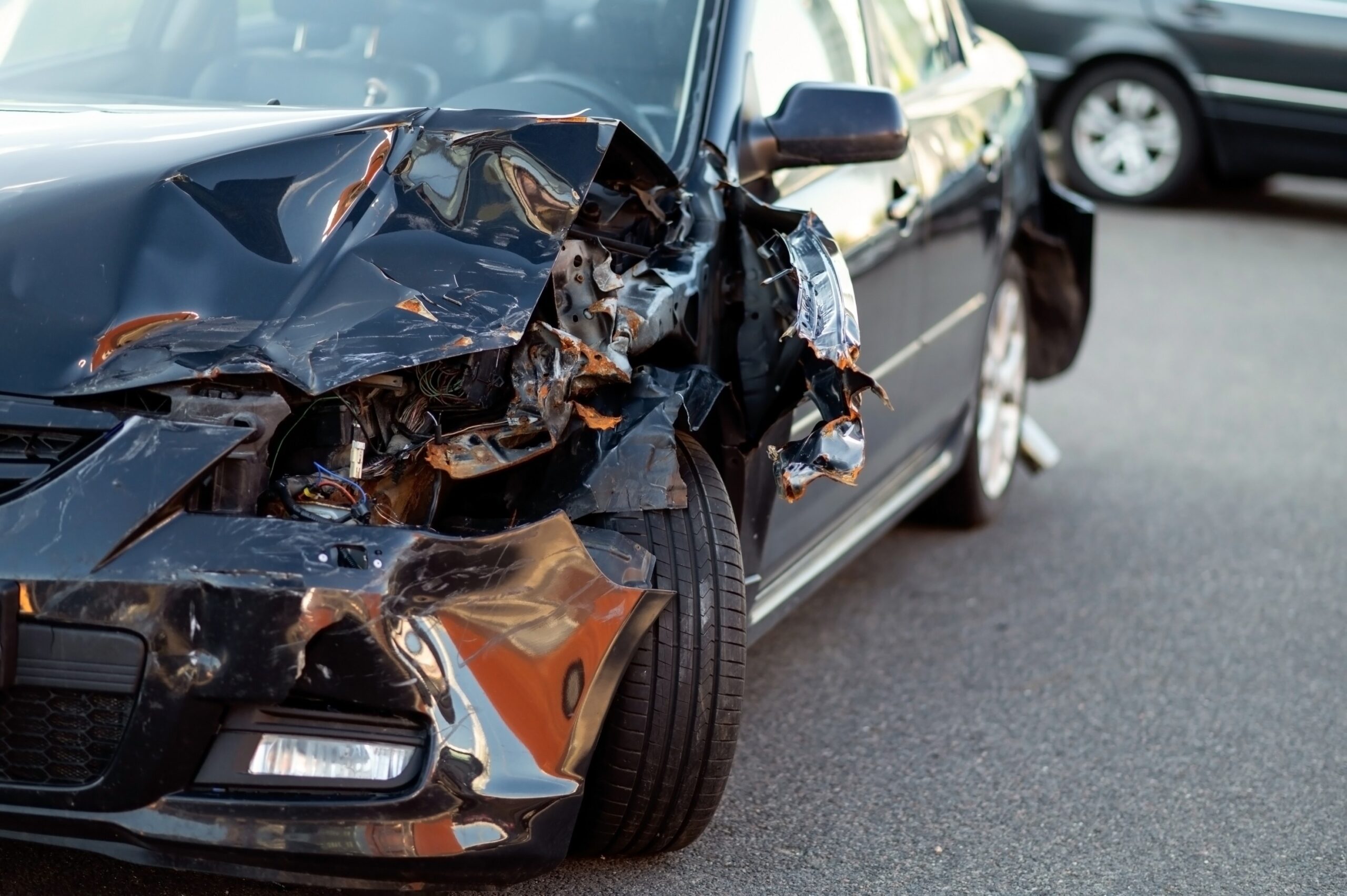The Common Types of Driver Negligence That Lead to Car Accidents – Guest Post

Car accidents remain one of the most frequent causes of injury and property damage on the roads. While some collisions occur due to weather or mechanical failure, the vast majority can be traced back to driver negligence. Victims of such accidents often face medical bills, lost wages, and emotional distress, which is why many turn to car accident claims attorneys to help pursue compensation. Understanding the common types of negligent driving can help both prevent accidents and identify liability when they occur.
Distracted Driving
One of the leading causes of accidents is distracted driving. Drivers often take their attention off the road to send a text, make a phone call, adjust the radio, or even eat while behind the wheel. These few seconds of distraction are enough to miss a red light, fail to notice a pedestrian, or collide with another vehicle. With the growing reliance on smartphones, distracted driving has become a serious threat to road safety.
Speeding
Excessive speed is another major form of negligence. Speeding reduces a driver’s ability to react to sudden changes, such as a vehicle braking unexpectedly or a child running into the street. It also increases the severity of accidents, as higher speeds often lead to more forceful impacts. Despite posted speed limits and frequent reminders, many drivers still underestimate the risks associated with driving too fast.
Driving Under the Influence
Operating a vehicle under the influence of alcohol or drugs severely impairs judgment, reaction time, and coordination. Drunk or drug-impaired driving continues to be a significant cause of fatal and serious car accidents. Even small amounts of alcohol can hinder safe driving abilities, making it a clear act of negligence when someone chooses to get behind the wheel while impaired.
Reckless Driving
Reckless driving includes behaviors such as weaving in and out of traffic, tailgating, ignoring traffic signals, and making unsafe lane changes. This type of driving demonstrates a clear disregard for the safety of others. Aggressive driving, often fueled by road rage or impatience, falls under this category and can quickly escalate into dangerous collisions.
Failure to Obey Traffic Signals and Signs
Traffic signals and signs exist to regulate the flow of vehicles and protect drivers, cyclists, and pedestrians. When drivers run red lights, ignore stop signs, or fail to yield the right of way, they create a high risk for serious accidents. These negligent actions often lead to intersection collisions, which can cause severe injuries due to the angle and force of the impact.
Fatigued Driving
Driver fatigue is another form of negligence that is frequently overlooked. Tired drivers may have slower reaction times, impaired focus, and even fall asleep at the wheel. Long-haul truck drivers, night-shift workers, and people driving long distances are particularly susceptible. Driving while drowsy can be as dangerous as driving under the influence, making it a significant safety concern.
Inexperienced Driving
Inexperience can also lead to negligence. New drivers may not fully understand traffic laws or may panic in unexpected situations. Their lack of experience can result in poor decision-making, such as failing to check blind spots, misjudging distances, or overcorrecting when making a mistake. While not malicious, inexperience still creates risks on the road.
Poor Vehicle Maintenance
Negligence isn’t always limited to actions taken while driving. Failing to properly maintain a vehicle can also contribute to accidents. Worn-out brakes, bald tires, broken headlights, or malfunctioning signals make driving unsafe not just for the driver but for everyone else on the road. Regular maintenance is a responsibility that, when ignored, may be deemed negligent.
Conclusion
Driver negligence is at the heart of most car accidents. From distractions and speeding to impaired or reckless driving, each negligent act puts lives at risk. Victims often face devastating consequences, both physically and financially. Recognizing the most common forms of negligence is essential not only for holding at-fault drivers accountable but also for promoting safer driving practices. When accidents do occur, having legal support can make a significant difference in recovering compensation and rebuilding after the damage.

